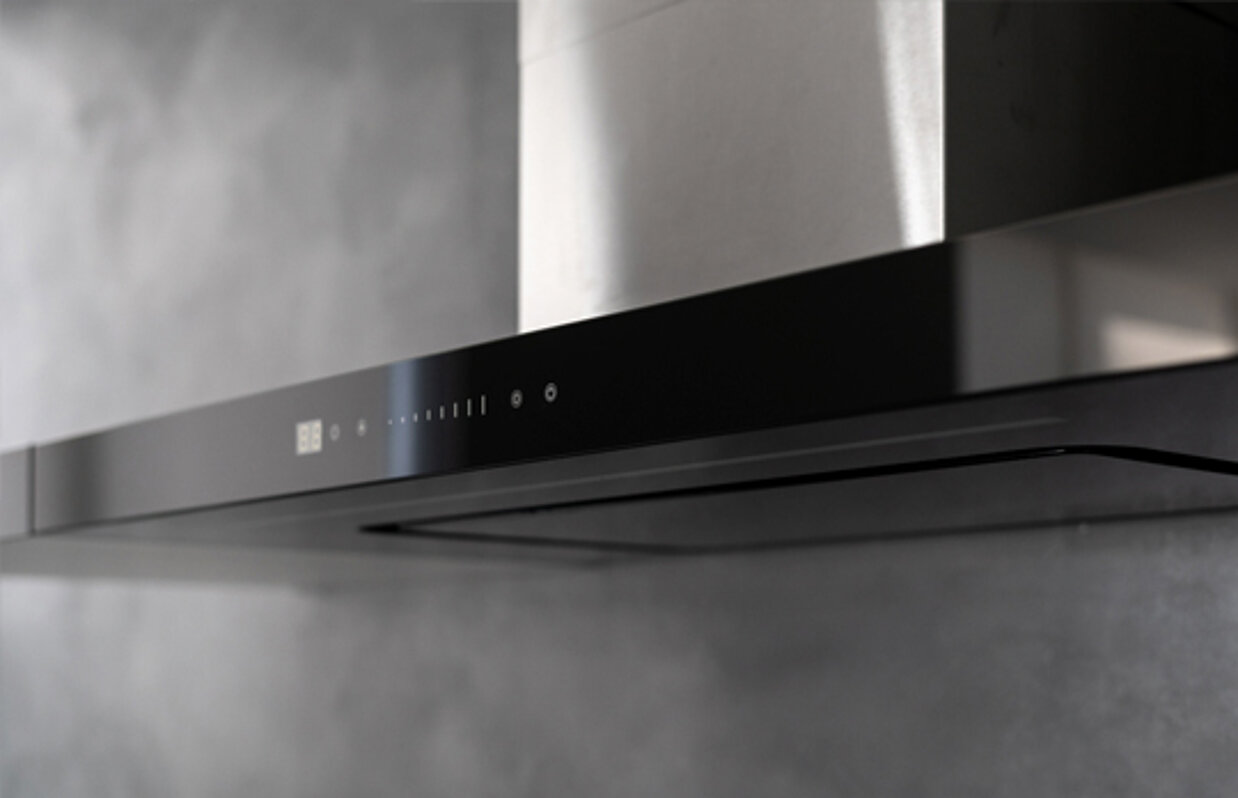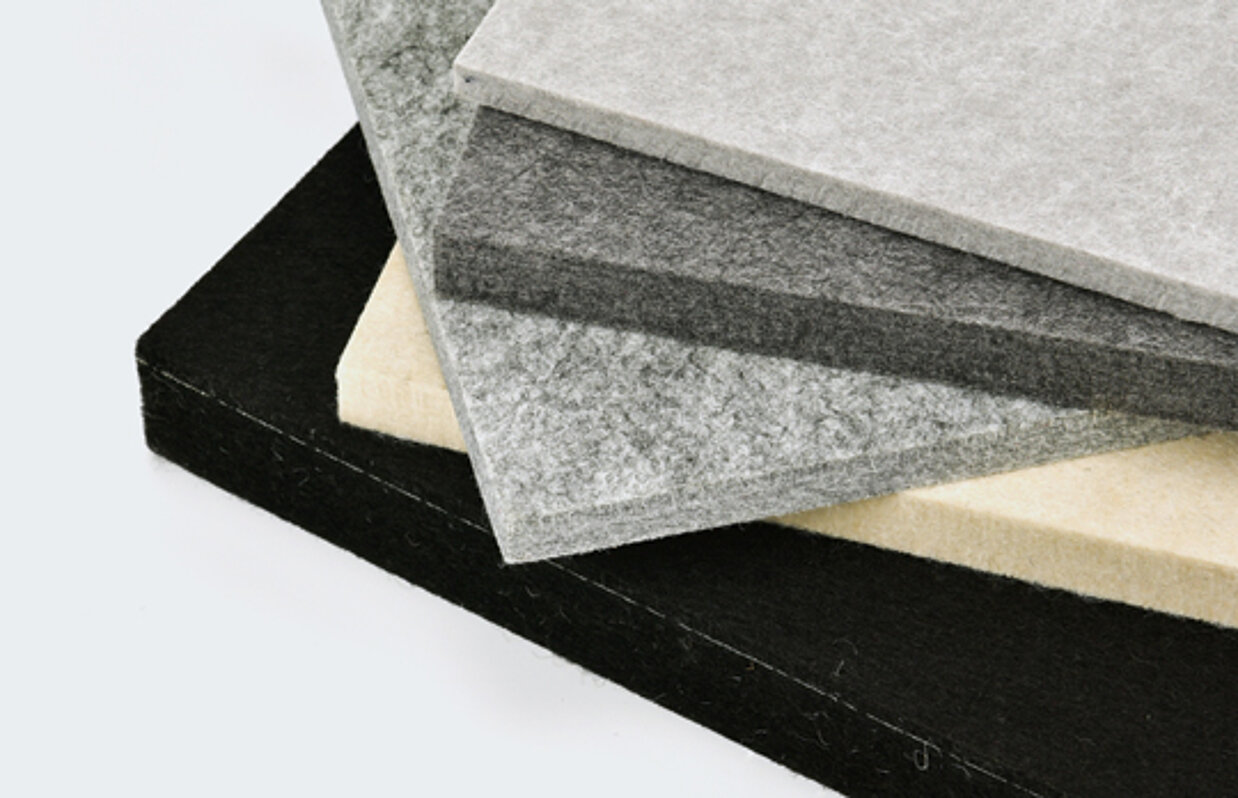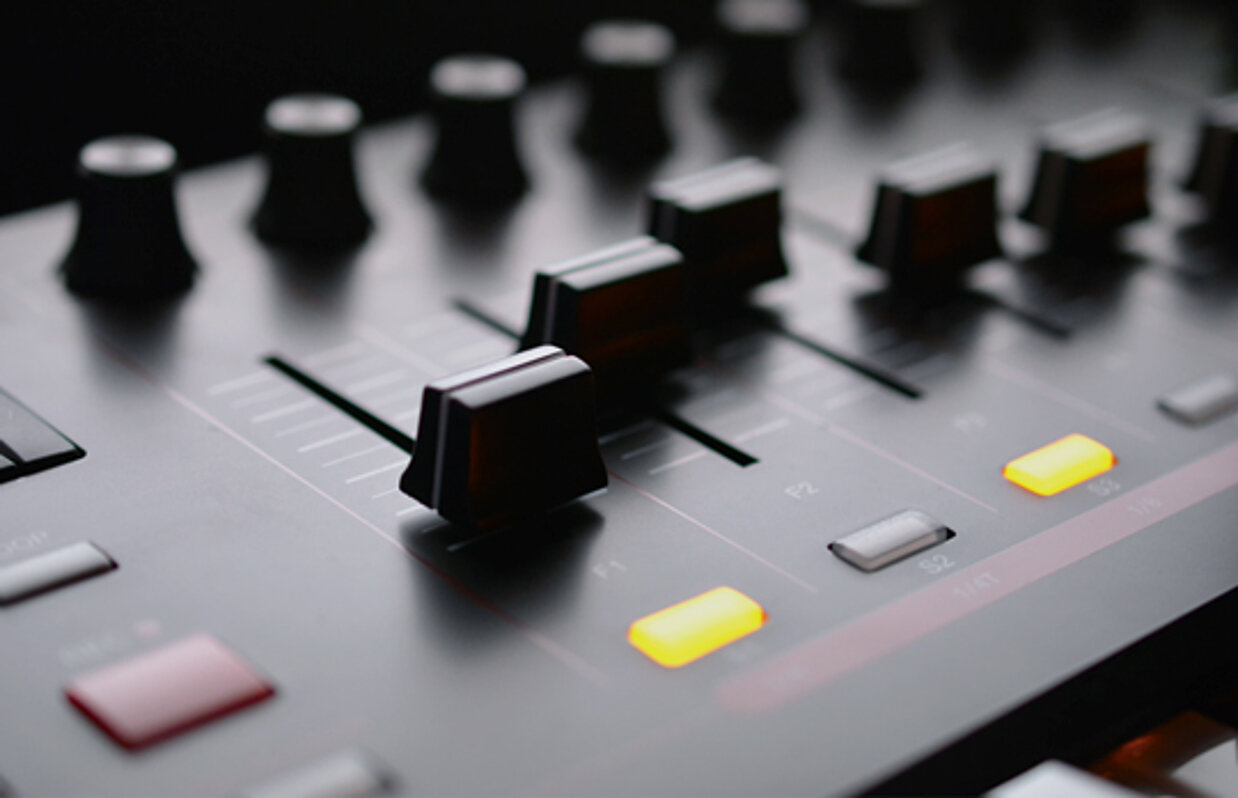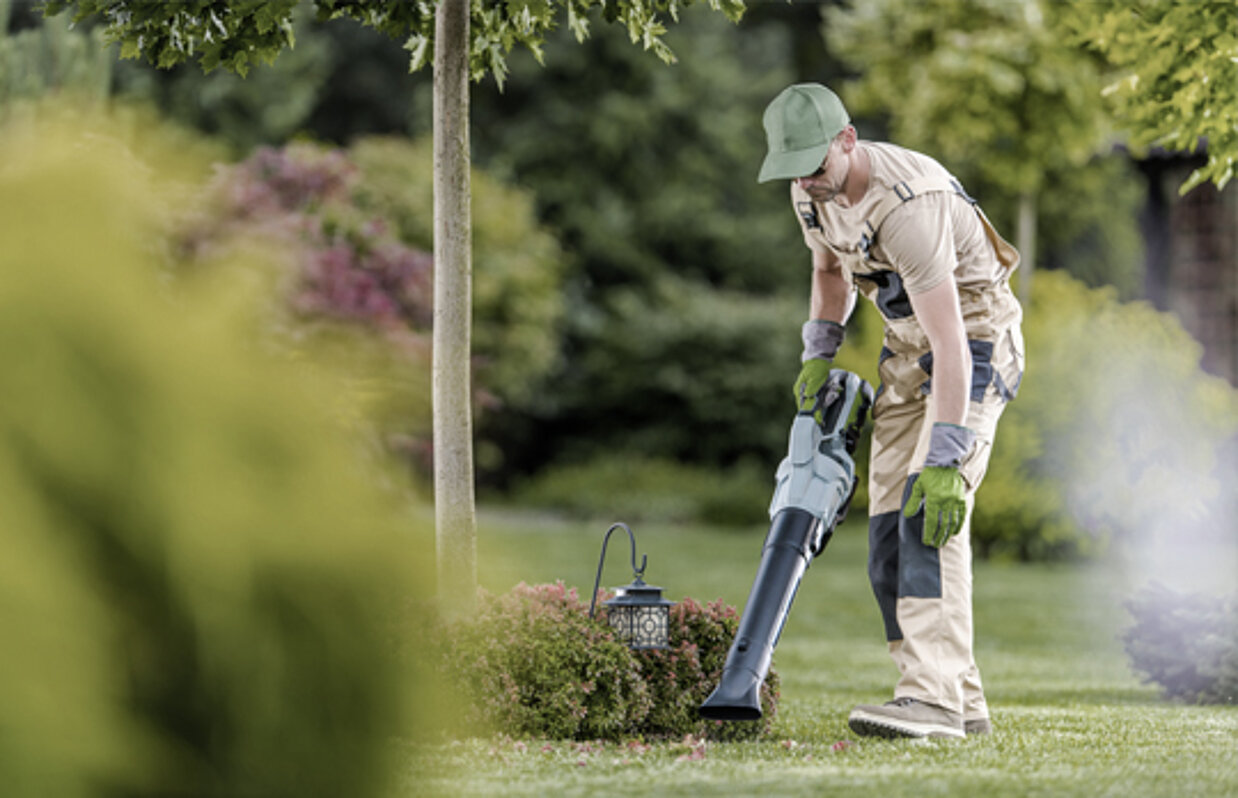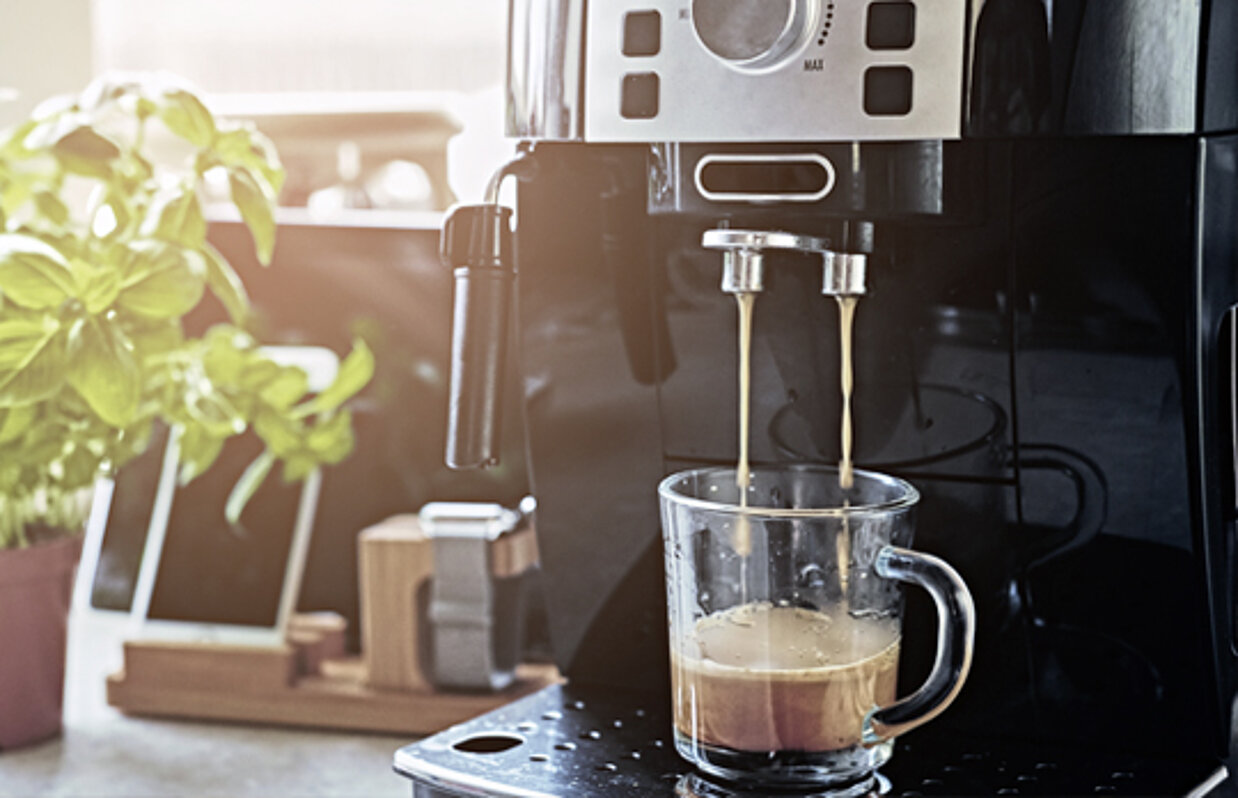
Passive vs. active sound design
When we talk about "passive" sound design, we are talking about physically modifying devices or objects to achieve a specific sound. It often starts with a transfer path analysis (TPA), for example, with the PROGNO[I]SE-Software or sound source localization using beamforming technology with our HEAD Visor, which can identify and localize the most important noise sources. Both approaches provide clear indications of causes and sources of noise. And once you know these causes and sources, you can modify or eliminate them through various measures, such as modifications to the structure, thus improving the overall sound or noise quality.
This optimization can also happen by simulation in the first step with the help of so-called virtual prototypes. Then there is no need to physically manufacture new prototypes or modifications of a product repeatedly, which saves a lot of time and money.
There's a noise coming from the cooker hood
Let's take a look at a practical example. Among the loudest and most annoying noise generators in the home are cooker hoods - anyone who has ever tried to have a quiet conversation in the presence of a cooker hood operating at its highest level knows. In a pilot project, HEAD acoustics took targeted binaural measurements of a range of cooker hoods using its artificial heads. Using the ArtemiS SUITE software platform for sound and vibration analysis, we can synthetically modify certain aspects of the recordings and expand the noise palette, i.e., lower or raise positive and negative tonal components and remove transient components. These modifications can also represent simulations of real-world changes to the particular fume hood - in other words, recreating the passive sound design in the lab, significantly reducing the need for costly physical modifications.
In advance, we determined each range hood's most critical sound components. But to obtain a reliable statement about how human users evaluate the sounds of the individual hoods and modification simulations, so-called jury tests are necessary. We conduct these tests with the help of the HEAD acoustics software SQala. This involves people listening to the binaural sounds with headphones and rating the loudness, sharpness, tonality, ventilation performance, estimated price, and "overall sound quality" of each model on a 10-point scale. We examine these jury ratings for intraclass correlations and evaluate the ratings using various statistical methods. We then correlated the results of the psychoacoustic and acoustic analyses with the jury test results to describe human perception quantitatively. This gives us meaningful results that provide a robust basis for optimal modifications to the product.
In the tests, we offered the judges several simulated modifications. The result: damping the side walls of the cooker hood improved the sound quality, but this modification only achieved our pre-set goal by a narrow margin. Designing the inside of the cooker hood with sound-absorbing materials turned out to be more effective.
Get active: Active Sound Design
Whenever a target sound is not (or not economically) achievable through physical changes, synthetic sound components help to achieve the desired result. With new (overlaying or masking) sounds that can be customized and interactively rendered, we reach the desired perception for driving sounds, kitchen appliances, and other products.
Many drivers are already familiar with active sound design from vehicles - for example, as engine sounds played through the loudspeakers in combustion engines. These are usually intended to suggest a sportier, more powerful engine. In electric cars, Electrical Vehicle Sound Enhancement (EVSE) is used to give the electric motor a specific sound or to mask an unpleasant sound. But the critical noises of white goods, for example, also fall into this field - and our cooker hoods can also benefit from Active Sound Design. How? Well, introducing sounds distracts from the product's sound components that are rated as "bad" and creates a more pleasant overall impression.
Soundscape and Sound Design
Sound design also plays an essential role in the topic of soundscape. Soundscape is the acoustic equivalent of the visual landscape - that is, the acoustic environment that a person or a group of people perceives, experiences, or comprehends in context. For those who want to dive deep into the topic, we recommend the Springer publication "Soundscapes: Humans and Their Acoustic Environment".
Acoustically overloaded environments in cities are a fundamental problem of our time, in industrial environments or everywhere where many people or machines emit sounds. In contrast, there are acoustically different soundscapes, such as in a forest or on a mountain meadow. The overloading of the acoustic environment has dramatically increased since the beginning of industrialization and not only leads - as R. Murray Schafer and Barry Truax postulate - to the "atrophy of human listening habits" but can also make people ill. Passively and actively designing an acoustic environment so that it does not disturb people, does not make them sick, and in the best case, even has a positive effect on them can be the goal of active soundscape design. It is essential to clarify that a positive soundscape does not necessarily always have to be quiet but that any sound - soft or loud - can be used as a design resource, depending on the context. People like to listen to good music loudly, and loud ocean noise disturbs very few people.
On the subject of psychoacoustics in soundscape research, you will find a fascinating chapter by our founder and shareholder Prof. Dr.-Ing. Klaus Genuit in the Springer publication "Soundscapes: Humans and Their Acoustic Environment" mentioned above.


